
From Phase I to Phase III, there's a part for personalized medicine to play in improving oncology studies.

From Phase I to Phase III, there's a part for personalized medicine to play in improving oncology studies.
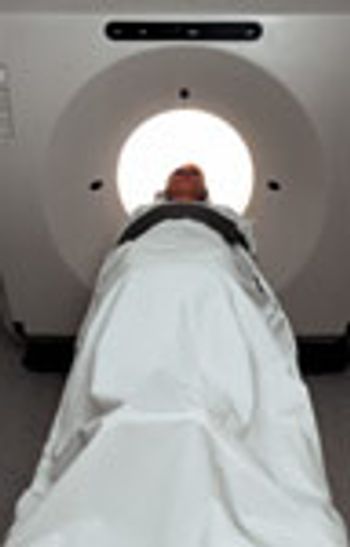
A detailed plan is the key to success. But since even the best laid plans can go awry, a back-up plan is necessary.
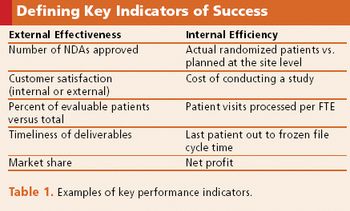
Many factors contribute to the success of a company's metrics group, including high-level support.

It's out with the old, in with the new for clinical development.

A strong data management backbone that includes the use of EDC can make flexible designs an operational reality.

A strong data management backbone that includes the use of EDC can make flexible designs an operational reality.
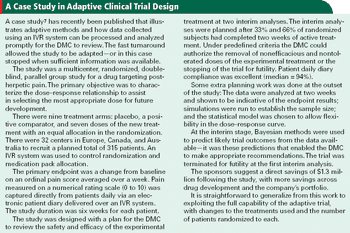
Interactive voice response systems are a good match for adaptive clinical trials and can help keep investigators in the dark.
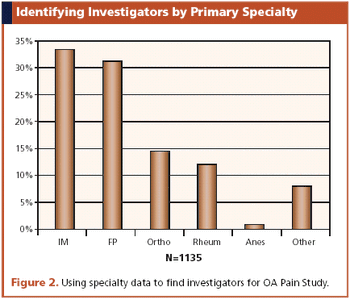
Increased cost concerns set the stage for health data to play a major role in drug development.

Real examples from recent studies illustrate the risks associated with making such a delicate decision.
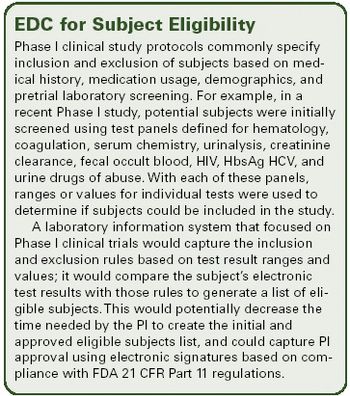
An integrated clinical lab EDC system can accelerate decision making and improve subject safety in early trials.

The technique offers a clear window into drug effects and provides strong safety and efficacy evidence.

Open-label extension (OLE) studies are common, but they do not receive as much attention as traditional Phase I through Phase IV studies. Enrollment into an OLE study typically follows enrollment into a randomized, blinded, well-controlled main study. Participants are usually informed at the time they are recruited into the main study that they may elect to enroll in an OLE study after completing the main trial. The stated objective of most OLE studies is to obtain long-term safety and tolerability data.
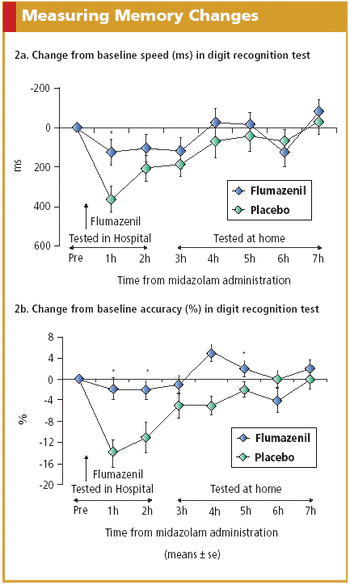
Electronic solutions such as IVR systems, PDAs, and digital pens exhibit advantages over paper and pencil in PRO data collection.

The need for new trial designs will require flexibility with regard to cost drivers.
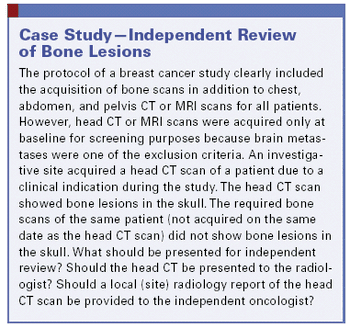
Independent experts help reduce variability and bias in trials that use medical imaging.

The use of composite endpoints are being regarded as a useful strategy, but caution must be applied as there are both risks and benefits.

Prof. Marion E.T. McMurdo elaborates on the importance of including older subjects in clinical trials.

Targeted designs for clinical trials are the next step in predictive diagnostics.
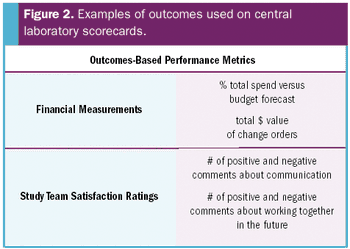
A clearly defined set of performance measures is an integral part of the central laboratory selection and management process.

How unwanted emails can deepen our understanding of trial probabilities.

Adequate female representation is mandatory, but gender differences should not be overestimated.

Based on the numbers, sponsors will rapidly change their clinical trials midstream.

Oncology clinical trials are complex and require a different approach than trials in many other therapeutic areas. Patient recruitment is among the most challenging obstacles-especially in the United States, where oncology trials have notoriously low participation rates among adult patients. While more than 1.2 million Americans will be newly diagnosed with cancer this year, participation in oncology trials remains very low.

Technology enables advances in trial design, but it is the creativity of people that really moves things forward.

Will the new pediatric and ethics initiatives receive enough funding to make them truly work?